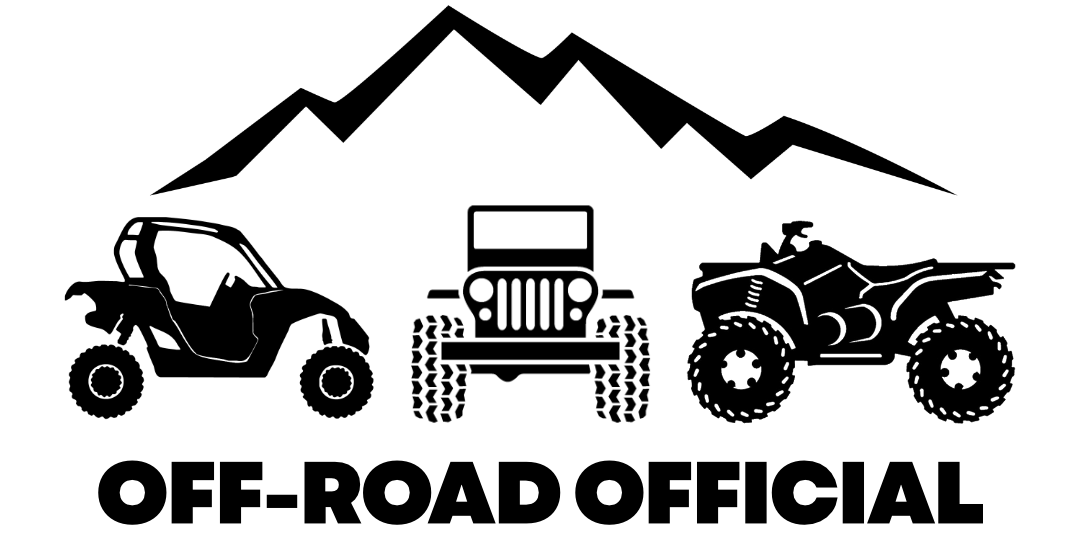Can Am Defenders are looked at as some of the best overall side-by-side models available these days.
And while their overall quality is solid, their reliability may not stack up with some of their competitors.
And there are a number of drawbacks to consider as the potential owner of one of these models.
Here are eleven reasons that you shouldn’t buy a Can Am Defender in 2024.
Can Am Defender Cons
- The unbranded coil springs and shocks on these models are basic, and offer limited adjustability. The ride isn’t uncomfortable, but it’s not as comfortable as you’ll find in some competitive models either.
- If you’re buying a base model, you won’t get power steering. These big rigs can be hard to steer and control, especially in 4WD, without power steering.
- Unless you’re paying up for one of the higher trim levels, most Defenders come with side nets instead of actual half doors. These side nets are tedious and not nearly as functional as plastic side doors. There are plenty of competitive models that do come with these doors, at a much lesser cost.
- The base Defender models have very limited accessories included and aren’t quite as off-road ready or capable of driving in the elements as something like the CFMoto UForce 1000 is.
- Some of the more basic models still make use of halogen headlights, which aren’t bright enough to ride comfortably at night. You’ll need to install a light bar or two from the list of best Can Am Defender accessories in order to see adequately for these models.
- Defender 1000’s are well-known to have issues with their power steering and steering racks failing over time. Replacing either can get pretty pricey.
- Hard shifting is common in all Defenders, as the shift linkage is prone to vibrating loose and out of place over time.
- The cabs in some of the higher level Defenders are prone to letting in water and dust. The stock roofs, windshields and doors will many times need to have some aftermarket sealant applied to stop this from happening.
- The stock tie rods in Can Am Defenders are not known for their quality, and are pretty susceptible to being bent while riding rough. One of the most common repairs noted among dealers/mechanics for the Can Am Defender is replacing the stock tie rods.
- The higher level (specialty) models are pretty darn expensive when you do an apples to apples comparison with some of the less-familiar models out there. Similar but lesser known models like the UForces may be half the price of a Can Am Defender of equal accessories/ability.
- Lastly, Can Am Defender models range from 62 to 64 inches in width, which is on the bigger side for utility side-by-sides. With their size, they won’t fit down tighter trails or wooded areas. If you’re planning to trail ride often on more narrow trails, you’ll need to consider a more compact model.
For more on both the pros and cons of Can Am Defenders, check out this review of the Can Am Defender models for 2024.
Final Thoughts
Every model is going to have its drawbacks, and the Can Am Defender is no different.
Even what most would consider more reliable side-by-sides, like the Honda Pioneers and Kawasaki Mules of the world, have their downsides which you can read about here:
So while taking these Defender drawbacks into consideration, it’s also very important to consider that Defenders offer a number of advantages when compared to other models as well.
You just have to decide if that trade-off is worth it.


